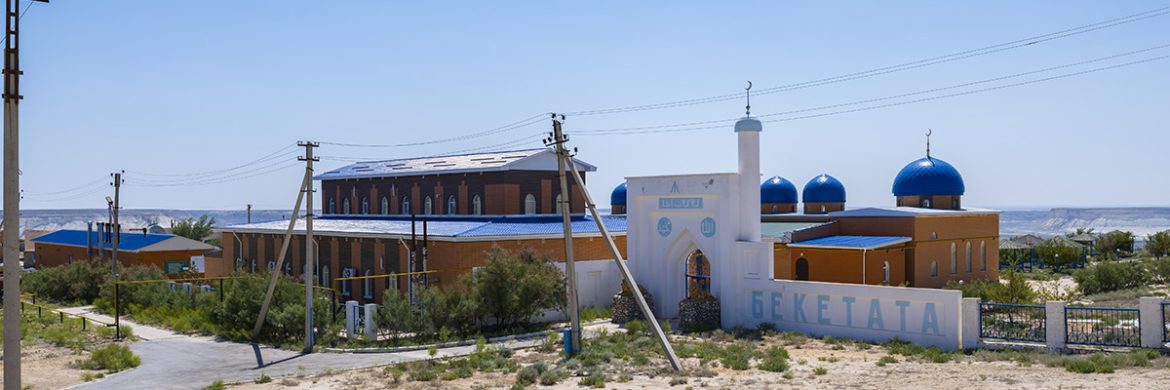The Beket Ata mosque is located in the Oglandy area, 290 kilometers from Aktau. Speaking about Mangystau, it is impossible not to mention this underground mosque. Until today, the locals, both in joy and sorrow, recall the name Pir Beket, asking for his support and protection. Every year tourists from all over the world flock not only to visit this site for worship, but also to admire the unique architecture.
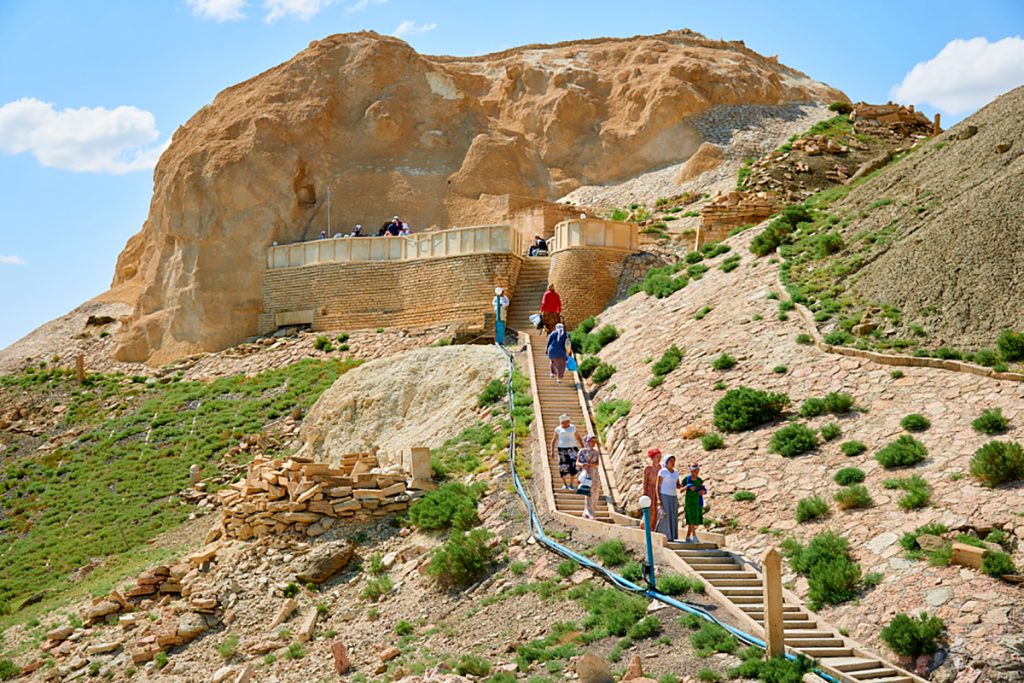
Usually pilgrims first visit the Shopan Ata mosque, which is on the way to the underground mosque, and offer prayers. Shopan at is considered one of the saints of Mangystau and spiritual teacher of Beket Ata. Driving 70 kilometers from the Shopan Ata Mosque, you will see the complex of Beket Ata. But to get to the underground mosque itself, you will have to walk about one and a half kilometers along a specially equipped staircase. Carved into the rocks, the mosque, which became the final resting place of Beket Ata, is one of the most famous and unique landmarks in Mangystau. Despite the relatively long and challenging journey, the stream of pilgrims to this mosque does not stop, neither in summer nor in winter. The historical monument was built in the 18th century.
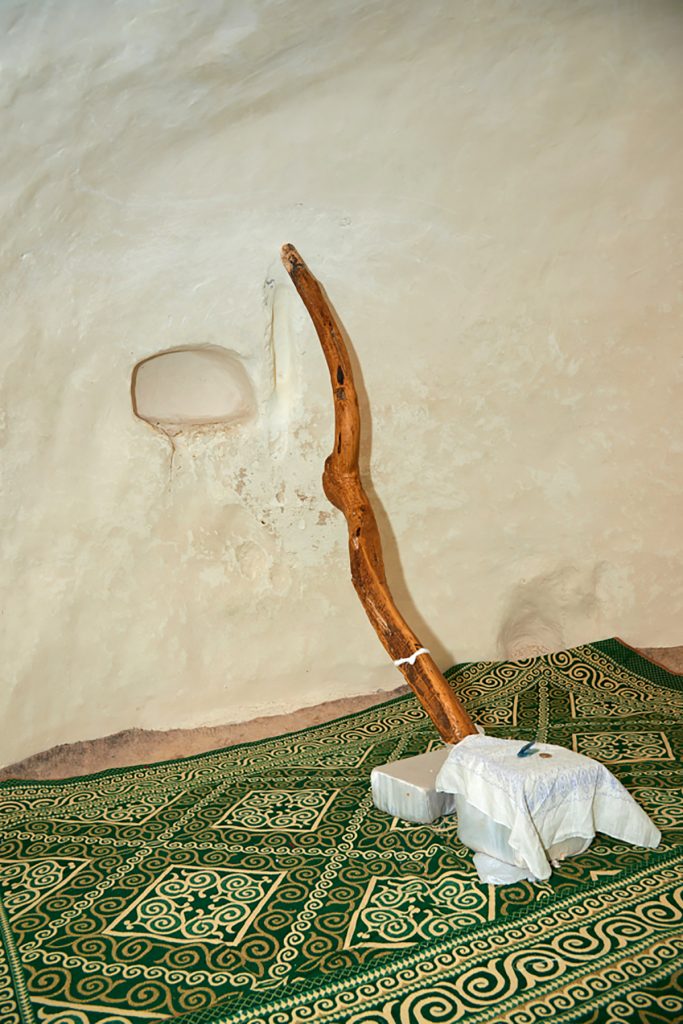
The mosque, carved into the rocky mountain gorge of Akbor, consists of four chambers. The entrance door is low and narrow. The first chamber is a vestibule with a dome-shaped ceiling, and in the center, there is a skylight. To the west of the vestibule is the prayer hall with a mihrab on the southern wall. To the southeast, there are two chambers, one of which is the final resting place of Beket Ata. In the central room, there is a staff that Beket Ata used to heal those who came to him. All the rooms are circular in shape, with heights ranging from 2.7 to 3.5 meters. The walls have niches for lamps.
The Beket Ata Mosque is a significant spiritual and historical relic, representing a valuable piece of Sufi architecture. Researchers who have studied this complex propose that it served not only as a pilgrimage site and a training center but also as an observatory where the Sufi observed the movements of celestial bodies. Considering that Beket studied natural sciences extensively in Khorezm, this hypothesis does not seem unreasonable. Based on these observations, it is believed that Beket Ata had a precise understanding of the severity of winters or the intensity of summer heat, as well as the timing of droughts or precipitation.
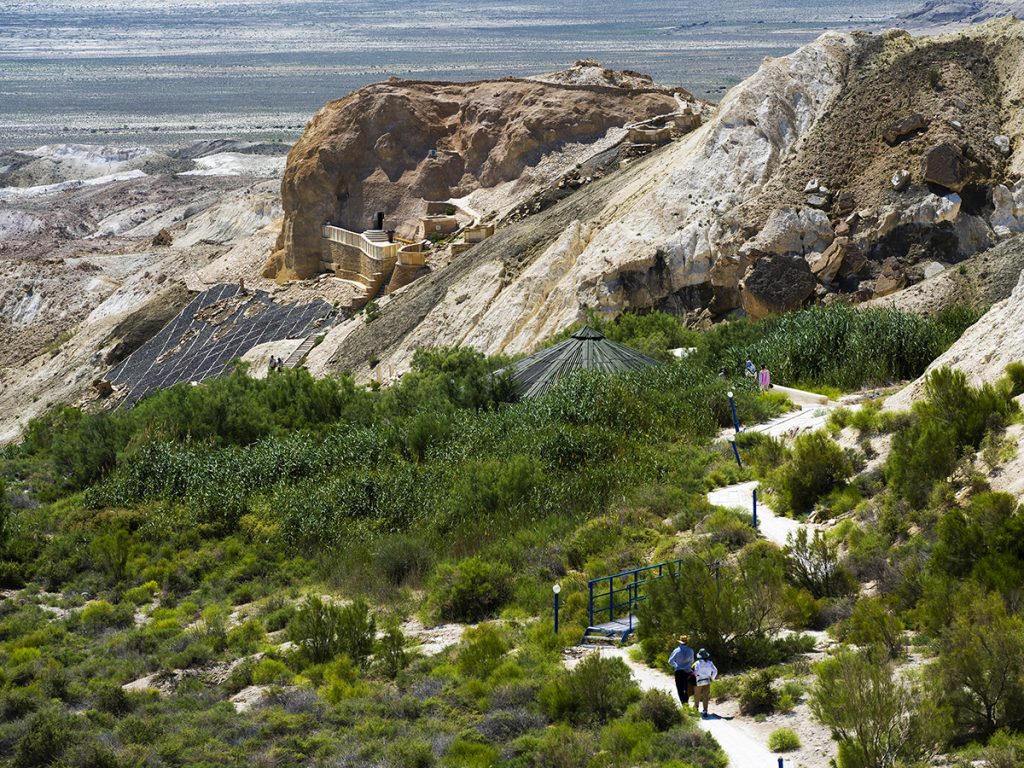
In his youth, Beket Ata studied at the Sherghazi Khan Madrasa in Khiva for 14 years. During this time, he not only received religious education but also delved into literature, astronomy, biology, chemistry, and medicine. Upon returning to his homeland as a disciple of Bakyrzhan Qazhy, Beket Ata continued his teacher’s work and constructed underground mosques. He called upon his fellow countrymen to embrace faith and knowledge, contributing to the development of culture.
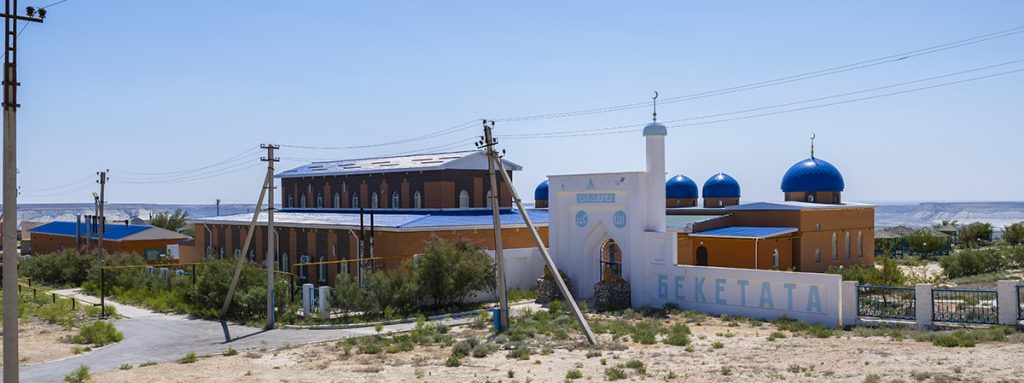
Tourists who visit the mosque built by this holy man with his own hands, regardless of their different faiths, unanimously note the unique energy of this area. Of course, it’s challenging to convey the beauty of this sacred mosque in words, so it’s better to come and see it in person.



